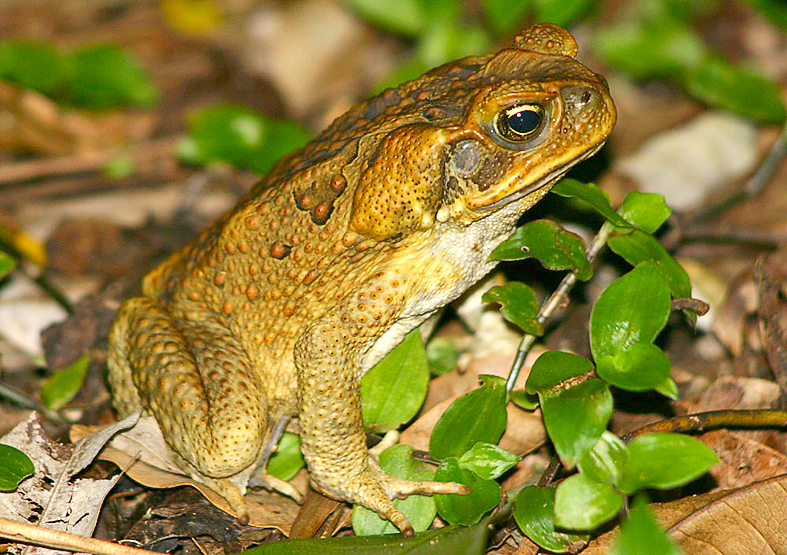AUSTRALIA is in the grip of an unprecedented alien attack, with experts warning of many more native species extinctions by 2050 unless urgent action is taken.
A new report, ‘Fighting plagues and predators: Australia’s path to a pest and weed-free future’, highlights a looming wave of devastation. It outlines two futures for Australia – one based on an unsustainable business-as-usual approach and the other based on implementing targeted actions that will help save our unique biodiversity.
The report, a cooperation between the CSIRO and the Centre for Invasive Species Solutions (CISS), pegs the conservative cost of damage caused by invasive species in Australia – predominantly weeds, feral cats, rabbits and fire ants – at $390 billion over the past six decades and around $25 billion each year and growing.
Report co-author and CSIRO scientist Dr Andy Sheppard said that while many Australians were aware of the havoc caused by the recent mouse plagues in New South Wales, Queensland and Victoria, they had no idea of the magnitude of the invasive species issue for Australia.
“Urgent, decisive, coordinated action is crucial to stopping the spread of invasive species,” Dr Sheppard said.
“Prevention will be much cheaper and more effective than trying to control the spread of pests and weeds once they are established.”
Globally, invasive species are ranked as the fifth greatest issue facing the environment. However, in Australia it is the number one issue, with invasive species having contributed to the extinction of 79 Australian native species.
The single biggest vertebrate menace to native species is the European rabbit, which infests two-thirds of Australia, followed by feral cats, pigs, foxes and cane toads.
Invasive plants also cause havoc. Australia now has more than 2,700 established weed species, which grows by 20 new species every year, or one new weed every 18 days.
Co-author and CISS chief executive Mr Andreas Glanznig said that climate change, international trade and travel movements, and extreme weather events such as floods, fires and drought had driven the spread of invasive species.
“The challenge is for all Australians to work together to stop the problem from getting worse,” Mr Glanznig said.
“Together we can work to drive down Australia’s native species extinction rate – currently over four species a decade – towards net zero extinctions.”
To download a copy of the report, go to www.csiro.au/plaguesandpredators
FAST FACTS
• There are up to 6 million feral cats and 23 million feral pigs in Australia.
• Cane toads have invaded more than 1 million square kilometres of Australia.
• From 1960 to 2017, invasive species cost Australia at least $390 billion.
• Grain growers spend more than $2.5 billion a year on weed control.
• Feral cats and foxes have killed off 25 native mammal species.
• Just four pests – rabbits, feral pigs, cats and a plant pathogen – endanger 800 threatened species.
• More than 2,700 weed species make up 12 per cent of Australia’s flora.
Main image: Feral cat (Photo by Andrew Cooke)

